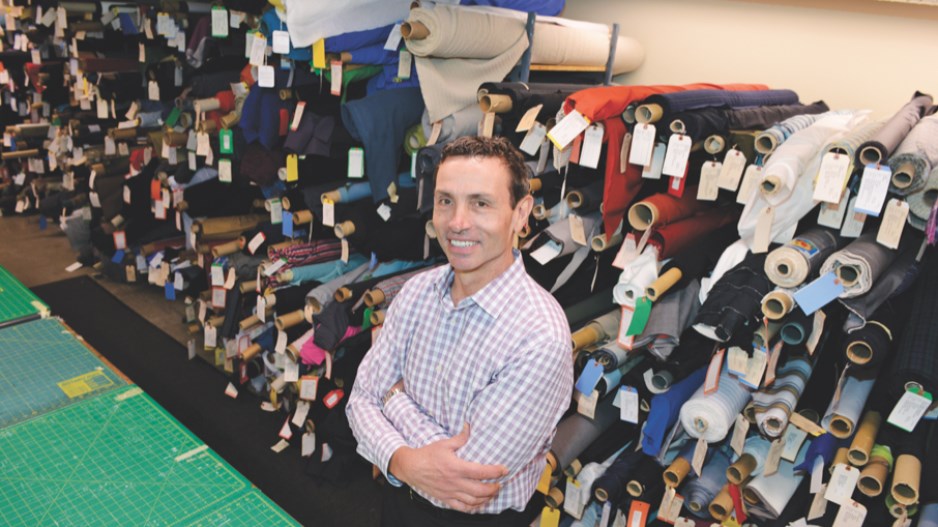Consumers and activists are increasingly urging companies that make clothing in Asia and governments that buy uniforms for civil servants to be more open about where products are made.
Much of this is fallout from the May 2013 garment factory collapse in Bangladesh, where more than 1,100 people died.
“If you want people to be treated fairly in your own country, you shouldn’t be buying goods from places where the standards are less than in your own country,” BC Federation of Labour president Jim Sinclair told Business in Vancouver.
He pointed to an Ipsos poll last year that found that about 70% of Canadians said they were willing to pay slightly more for clothing if they were convinced that the extra money improved working conditions.
Vancouver companies that produce clothing in Asia include Lululemon Athletica Inc. (Nasdaq:LULU), Aritzia, Arc’teryx, Holeys Canada and MEC.
Of those, only MEC lists on its website all of the factories where its products are made, which demonstrates the company’s transparency, MEC CEO David Labistour told BIV.
In contrast, Aritzia’s director of marketing, Corinne Kepper, told BIV, “As a private company, we don’t publically share our information.”
Sinclair said more private companies should be transparent because it is good for business – particularly at a time when, according to Ipsos, 42% of Canadians say they are participating in a brand boycott of some kind.
Governments are similarly being urged to come clean about where uniforms for police, prison guards, park rangers and other public employees are made.
In the U.S., Maine stands out as a particularly proactive state in that it not only requires government suppliers to reveal factory locations, but also requires them to provide 1% of their contract’s value for a fund that would finance factory inspections.
Ontario came under fire late last year for admitting that it had spent $66 million during the past five years on civil servant uniforms but had no idea where those items had been made.
Government representatives then told the Toronto Star that Ontario would introduce a new ethical-sourcing policy to ensure that sweatshop labour is not used to make apparel for civil servants.
The B.C. government spent $1,775,495 last year on uniforms for corrections, BC Ambulance Service and other entities.
However, the ministry said it does not hold information on where those uniforms are manufactured.
Both the B.C. government and the City of Vancouver have supplier codes of conduct, but neither requires suppliers to provide information on where factories are located.
Other major B.C. cities, such as Surrey, do not have any procurement policy.
Vancouver Police Department spokesman Randy Fincham said parts of police uniforms are made by local companies, such as Cascade Wear Ltd. and Arc’teryx, and by international companies, such as 5.11 Tactical.
He said suppliers are required to adhere to the city’s supplier code of conduct but is not sure there is ever any followup to ensure that supplier factories are living up to that code.
“At some point you’ve got to take someone’s word for it that they’re doing what they think is in the best interest of society to produce clothing,” he said. •




